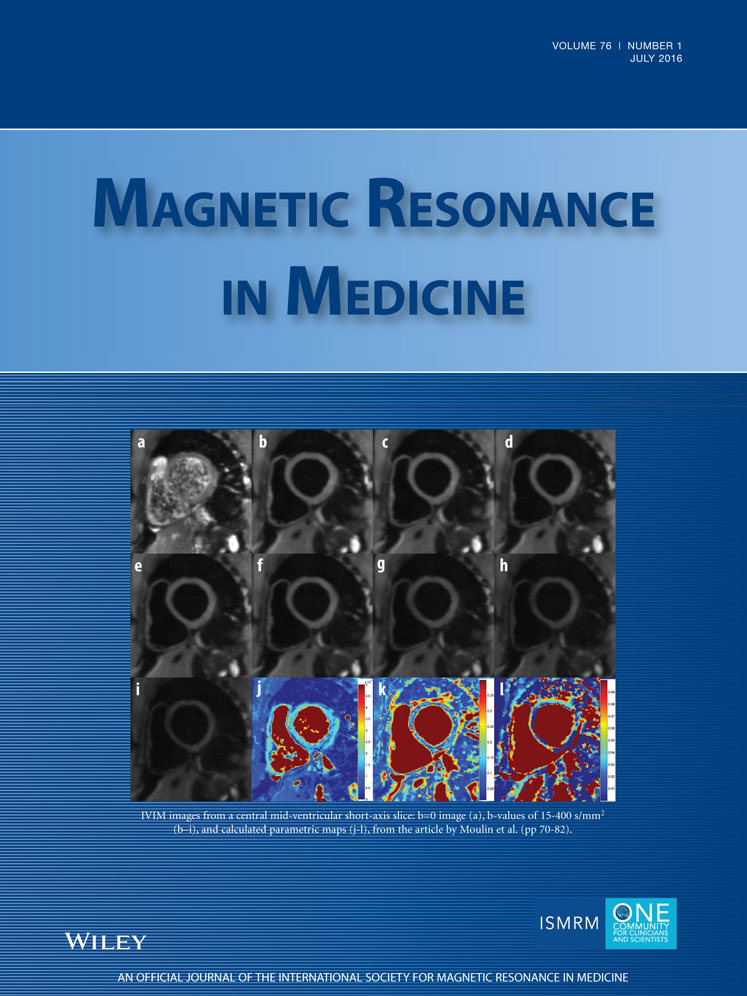Initial investigation of a novel noninvasive weight loss therapy using MRI-Guided high intensity focused ultrasound (MR-HIFU) of visceral fat
Dr. Winter's present address is Erik Jonsson School of Engineering and Computer Science, Department of Bioengineering, The University of Texas at Dallas, Richardson, TX.
Abstract
Purpose
MRI-guided high intensity focused ultrasound (MR-HIFU) allows noninvasive heating of deep tissues. Specifically targeting visceral fat deposits with MR-HIFU could offer an effective therapy for reversing the development of obesity, diabetes, and metabolic syndrome.
Methods
Overweight rats received either MR-HIFU of visceral fat, sham treatment, no treatment, or ex vivo temperature calibration. Conventional MR thermometry methods are not effective in fat tissue. Therefore, the T2 of fat was used to estimate heating in adipose tissue.
Results
HIFU treated rats lost 7.5% of their body weight 10 days after HIFU, compared with 1.9% weight loss in sham animals (P = 0.008) and 1.3% weight increase in untreated animals (P = 0.004). Additionally, the abdominal fat volume in treated animals decreased by 8.2 mL 7 days after treatment (P = 0.002). The T2 of fat at 1.5 Tesla increased by 3.3 ms per °C. The fat T2 was 103.3 ms before HIFU, but increased to 128.7 ms (P = 0.0005) after HIFU at 70 watts for 16 s and to 131.9 ms (P = 0.0005) after HIFU at 100 watts for 16 s.
Conclusion
These experiments demonstrate that MR-HIFU of visceral fat could provide a safe, effective, and noninvasive weight loss therapy for combating obesity and the subsequent medical complications. Magn Reson Med 76:282–289, 2016. © 2015 Wiley Periodicals, Inc.




